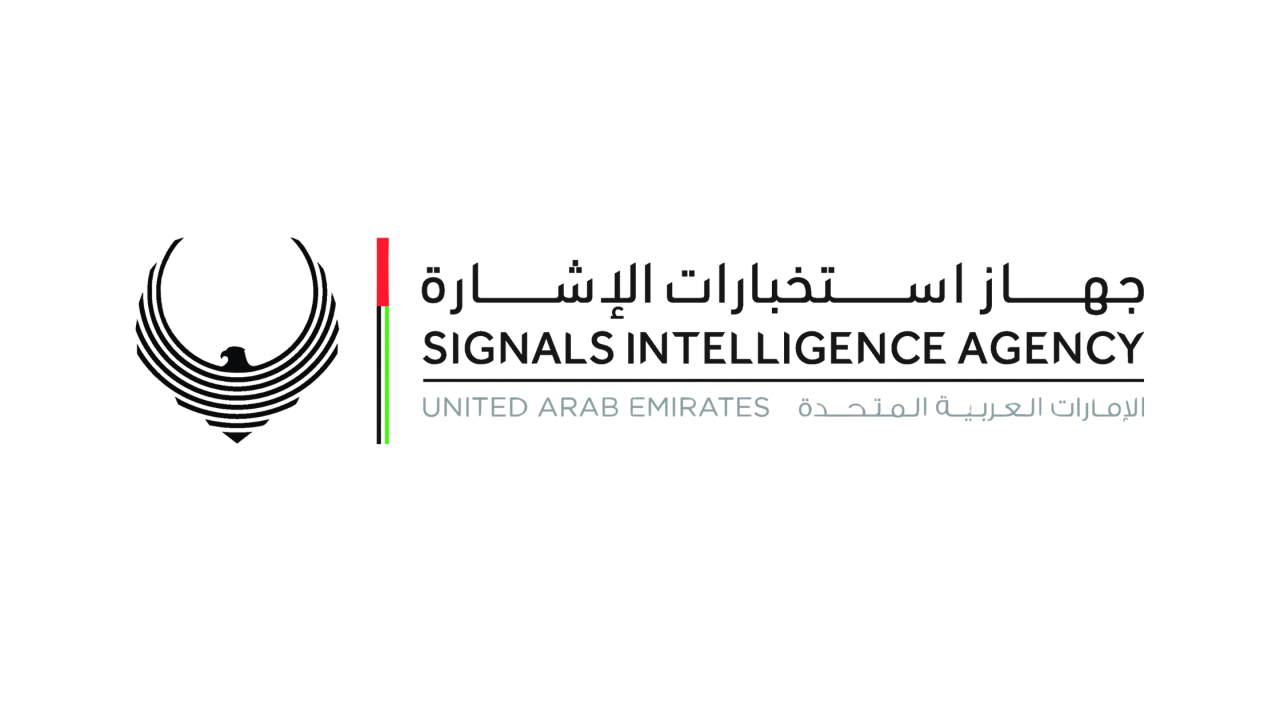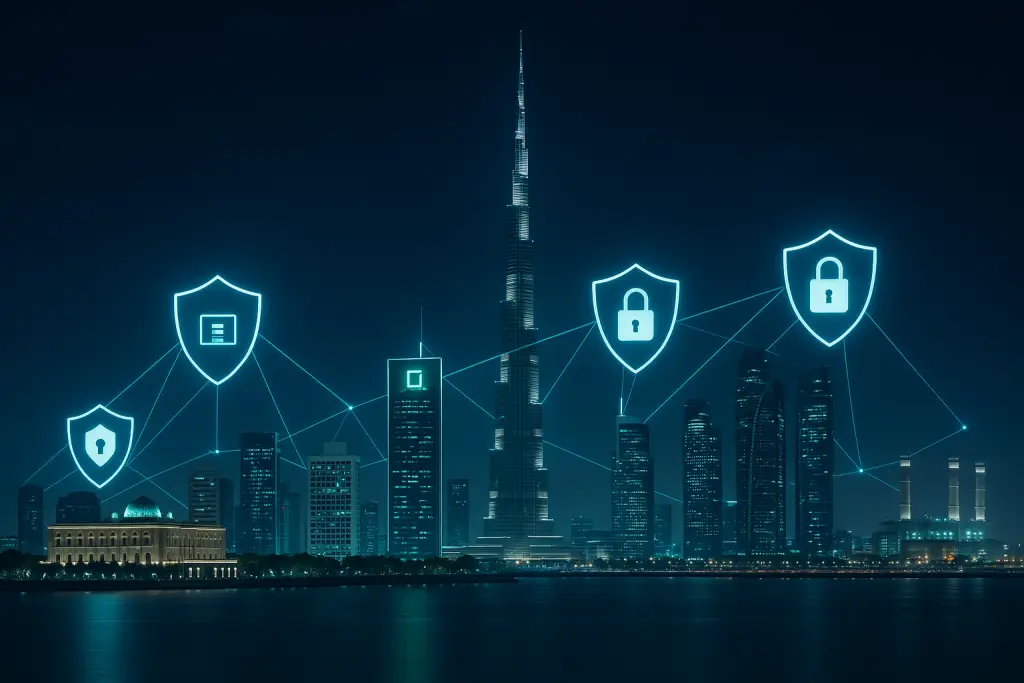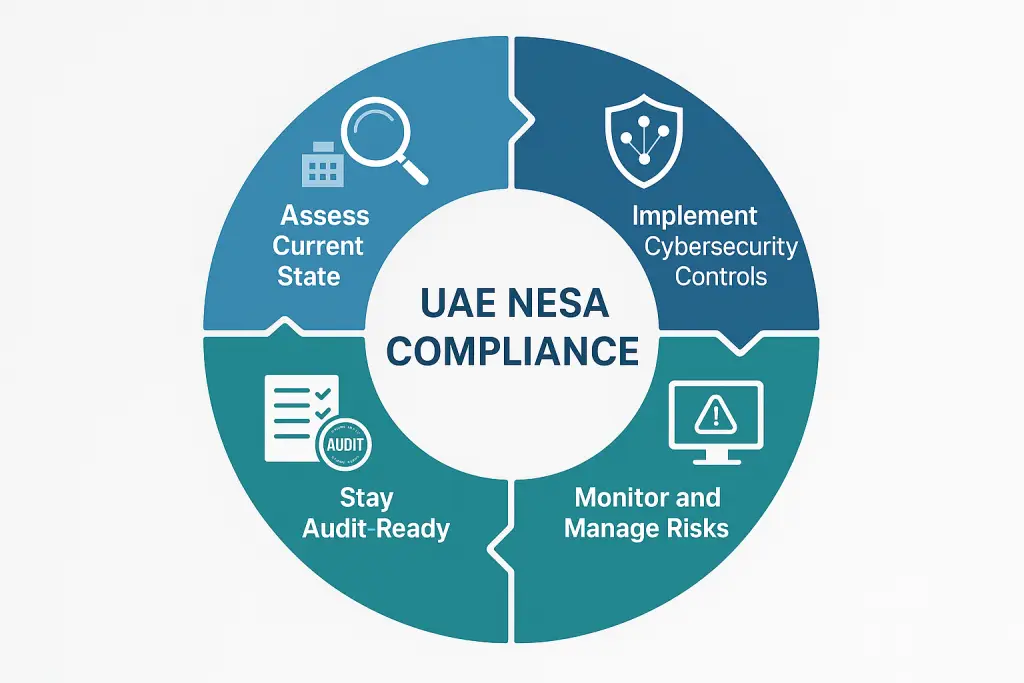UAE NESA

About UAE NESA
The United Arab Emirates (UAE) has rapidly become a hub for finance, technology, energy, and critical infrastructure. With that growth comes an increasing demand for robust cybersecurity and risk management. To address this, the UAE’s National Electronic Security Authority (NESA) introduced the UAE Information Assurance (IA) Standards, commonly referred to as UAE NESA Cybersecurity Compliance.
These standards define how organizations, especially those in critical sectors must protect information assets, manage cybersecurity risks, and safeguard national infrastructure. From energy and utilities to banking and government services, UAE NESA sets the benchmark for cybersecurity resilience in the region.
Explore our ISO 27001 Compliance Guide to see how international standards align with UAE NESA.

Think of UAE NESA as a national cybersecurity shield:
- Policies and Standards: Defines technical and operational security requirements for UAE organizations
- Risk-Based Approach: Ensures organizations continuously identify, assess, and manage cyber risks
- National Alignment: Standardizes cyber defense across all critical entities in the UAE
Non-compliance may result in regulatory penalties, reputational damage, and increased exposure to cyber threats that impact both national security and business continuity.
The Challenge: Why UAE NESA Is Harder Than It Looks
On paper, UAE NESA is a set of security standards. In reality, compliance is complex, requiring deep alignment between IT, risk management, and business operations. Organizations often face challenges such as:
- Managing extensive technical controls across diverse IT and OT environments
- Ensuring alignment with existing frameworks (e.g., ISO 27001, NIST CSF)
- Demonstrating continuous compliance to regulators
- Coordinating cybersecurity efforts across multiple business units and third parties
- Maintaining evidence and readiness for regulatory inspections
As one industry specialist put it, “Compliance is not just meeting the checklist, it’s proving your cyber resilience every single day.”
4 Steps to UAE NESA Compliance
Our approach to UAE NESA compliance follows four structured steps:
- Assess Your Current State: Perform a NESA gap analysis. Identify critical assets, data flows, and existing control weaknesses.
- Implement Cybersecurity Controls: Apply required NESA security domains such as network defense, endpoint security, and incident management. Establish governance policies.
- Monitor and Manage Risks: Continuously track security events, conduct risk assessments, and manage vendor compliance.
- Stay Audit-Ready: Maintain structured documentation, evidence of controls, and readiness for UAE NESA regulatory audits.

Review our Risk Management Framework for the Middle East for region-specific compliance strategies.
How Our Solution Makes NESA Compliance Simple
We help organizations simplify UAE NESA compliance by integrating automation with expert oversight. Key features include:
- Automated Gap Assessments aligned to UAE NESA IA controls
- Policy and Procedure Generators tailored to UAE regulatory language
- Real-time Security Dashboards for monitoring and risk management
- Evidence Management for audit readiness
- Third-Party Risk Oversight to ensure vendor compliance
- AI Cybersecurity Advisor for real-time regulatory guidance
Results: Security and Trust for Your Organization
With UAE NESA compliance, organizations achieve:
- Stronger resilience against cyber threats targeting critical infrastructure
- Alignment with global and regional cybersecurity frameworks (ISO 27001, NIST)
- Regulatory readiness with reduced risk of penalties
- Increased trust with government stakeholders and customers
As UAE cybersecurity leaders emphasize: “NESA is not just about compliance, it is about securing the nation’s digital future.”
Frequently Asked Questions (FAQs)
- Who must comply with UAE NESA standards?
Critical national infrastructure sectors (energy, finance, telecom, government) and organizations providing essential services. - Does UAE NESA apply only to government entities?
No. It applies to private sector organizations in critical industries as well. - How does UAE NESA align with ISO 27001?
ISO 27001 focuses on information security management, while UAE NESA provides detailed technical and operational cybersecurity requirements. Together, they strengthen governance and controls. - What happens if an organization fails to comply?
Potential consequences include regulatory penalties, reputational harm, and higher exposure to cyber threats. - How long does UAE NESA compliance take?
Depends on maturity. For organizations with ISO/NIST frameworks, 6–9 months. For those starting from scratch, up to 12–18 months.
Conclusion
UAE NESA is the cornerstone of cybersecurity compliance in the Emirates, ensuring organizations protect critical assets and contribute to national security. By following a structured approach and leveraging automation, compliance can become a driver of resilience and trust rather than just a regulatory burden.
For more, visit the UAE IA Standards Overview (NESA) for global alignment.

